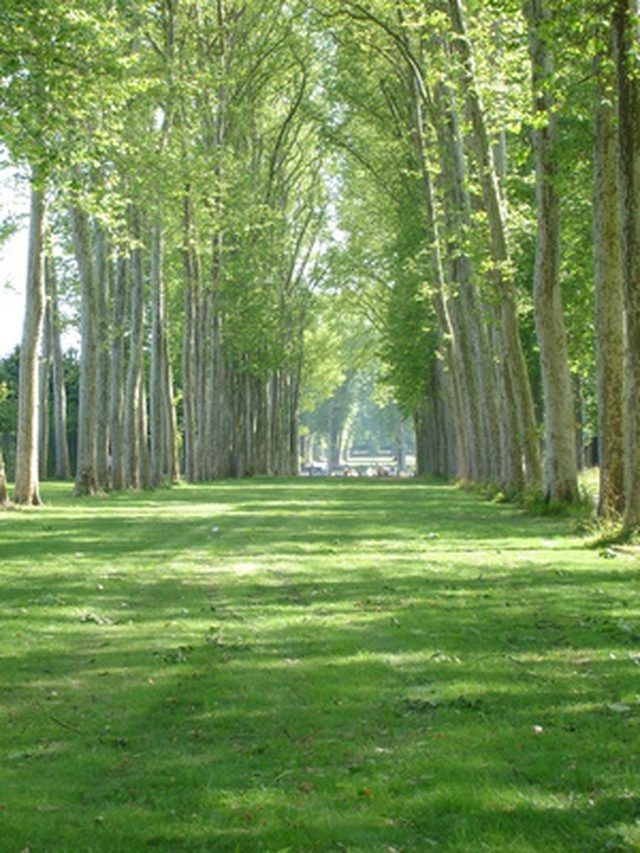Bulbs
Flower Basics
Flower Beds & Specialty Gardens
Flower Garden
Garden Furniture
Garden Gnomes
Garden Seeds
Garden Sheds
Garden Statues
Garden Tools & Supplies
Gardening Basics
Green & Organic
Groundcovers & Vines
Growing Annuals
Growing Basil
Growing Beans
Growing Berries
Growing Blueberries
Growing Cactus
Growing Corn
Growing Cotton
Growing Edibles
Growing Flowers
Growing Garlic
Growing Grapes
Growing Grass
Growing Herbs
Growing Jasmine
Growing Mint
Growing Mushrooms
Orchids
Growing Peanuts
Growing Perennials
Growing Plants
Growing Rosemary
Growing Roses
Growing Strawberries
Growing Sunflowers
Growing Thyme
Growing Tomatoes
Growing Tulips
Growing Vegetables
Herb Basics
Herb Garden
Indoor Growing
Landscaping Basics
Landscaping Patios
Landscaping Plants
Landscaping Shrubs
Landscaping Trees
Landscaping Walks & Pathways
Lawn Basics
Lawn Maintenance
Lawn Mowers
Lawn Ornaments
Lawn Planting
Lawn Tools
Outdoor Growing
Overall Landscape Planning
Pests, Weeds & Problems
Plant Basics
Rock Garden
Rose Garden
Shrubs
Soil
Specialty Gardens
Trees
Vegetable Garden
Yard Maintenance
Why Is My Cedar Tree Dying?
Why Is My Cedar Tree Dying?. Cedar trees, like most trees, must be watered deeply and maintained well. Keeping the trees pruned, watered and healthy will reduce the risks of fungal infections, insect infestations and mineral and nutrient deficiencies.

Cedar trees, like most trees, must be watered deeply and maintained well. Keeping the trees pruned, watered and healthy will reduce the risks of fungal infections, insect infestations and mineral and nutrient deficiencies.
Prevention/Solution
Cedar trees may die due to lack of water, sunlight or infection. Cedar trees need direct sunlight, so cut back or remove any light blocking growth or vegetation. Water the tree regularly and deeply, 1- to 3-inches per week during the summer months. A well watered and well-lit tree fights off disease and pests.
Identification
Inspect your tree for bark damage, especially near the root collar. The root collar is the area between the roots and the trunk. Lawn mowers and lawn equipment can damage the bark in this sensitive area allowing moisture and insects to infect and rot the tree. Protect this area by placing mulch around undamaged trees or fencing around damaged trees.
Types
Needle blight, nematodes, rust and bark beetles are all common diseases found on and in cedar trees. If your tree is infected, you should contact a licensed arborist who will remove dead limbs, diagnose the problem and provide treatment.